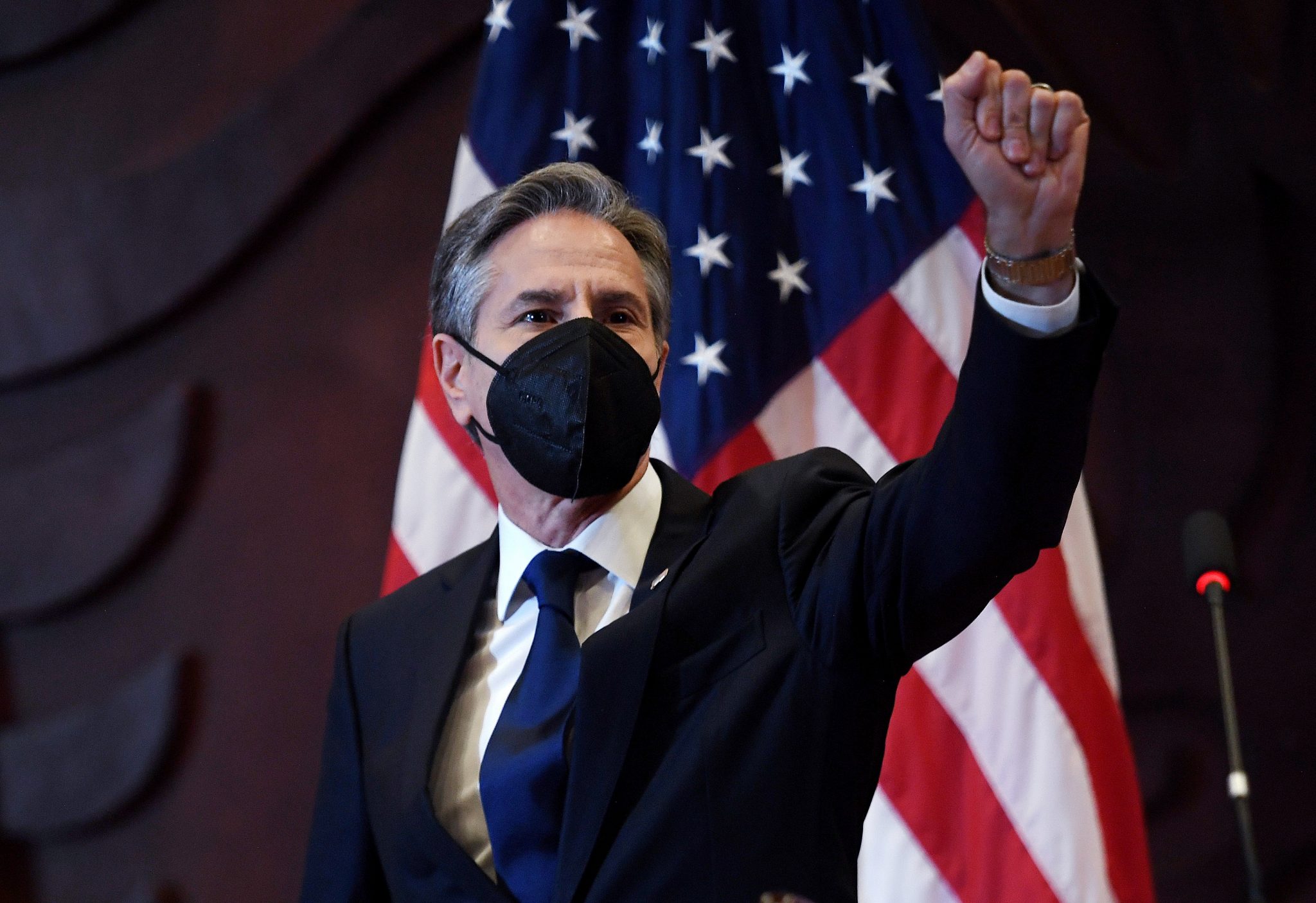Trying to untangle Asia’s economic interdependence with China

Author: Editorial Board, ANU
The security thinking that has now gripped Washington calls on allies and partners everywhere “to strengthen, renew and buttress a world order that promotes freedom”. America’s Indo-Pacific strategy is shaped around the idea of integrated deterrence, which, according to US Secretary of Defense Lloyd Austin, means “using every military and non-military tool in our toolbox, working with our allies and partners”.
An element of integrated deterrence aims to deepen the interoperability of forces through military-to-military arrangements between close allies and selected partners. This objective will be achieved through the acquisition of US military equipment, exchanges and placements of personnel, location of bases and joint training. In the US alliance relationship with Australia, these elements have long been present, as they have also been in the US alliance relationship with Japan and South Korea.
What is different in the Australian case is the commitment to elevate them to another scale, a process that started slowly with the Gillard-Obama agreement in 2012 on the rotation of American troops in Northern Australia, but which has reached new heights in the past two years.
The AUKUS nuclear-powered submarine initiative promises commitment on all these fronts. Security analysts say its deterrent effect is “staggered” – with the delivery of its core components two decades, possibly more, down the road – but the AUKUS defense cooperation announcement itself has a deterrent effect. A more sober assessment might be that it marginally adds to US deterrent power and subsumes Australian national defense largely into US defense and strategic interests. It is a debate which has not yet dared to declare itself open in Australia, but which will find its time.
Another, more amorphous element of integrated deterrence is the United States’ intention to build coherence between its hub-and-spoke alliance relationships and other partnerships in a cohesive common strategic cause. This involves triangulating military interoperability where possible – between Australian and Japanese defense forces for example – but also building a framework that emphasizes common interests and building capacity to resist uncontrolled coercion. military and “grey zone” tactics. This mission, it is argued, does not require formal treaties or arrangements that pool assets or capabilities, but can be pursued through a network (or “lattice” as the counselor calls it). U.S. National Security, Jake Sullivan) of loose coalitions communicating common deterrence postures against adversaries. .
U.S. allies and partners in Asia welcome key aspects of U.S. Indo-Pacific strategy and its recognition that security and prosperity in the region are vital to U.S. security and prosperity. Yet articulating both its military and non-military dimensions is still a work in progress.
How the United States structures its economic relationships with its allies and Indo-Pacific partners is now seen as an essential part of these ideas of strategic deterrence. US President Joe Biden is due to launch the Indo-Pacific Economic Framework (IPEF) this month which will outline his administration’s economic strategies toward the region.
In our first track this week, Joshua Meltzer points to IPEF as an “opportunity to promote American leadership and deepen American ties with Indo-Pacific countries at a critical geopolitical time.” However, the idea of pursuing any economic agreement is fraught with meaning at the national level. “The challenge,” says Meltzer, “will be to find a path to achieve a high-quality deal that is compatible with U.S. domestic constraints while providing sufficient benefits to attract U.S. partners from the Indo-Pacific.”
The United States under Trump has walked away from the Trans-Pacific Partnership, and the Biden administration has not been ready to sign its successor, the Comprehensive and Progressive Agreement for the Trans-Pacific Partnership. IPEF will therefore not offer any of the U.S. market access benefits of a traditional free trade agreement for the region, but instead will include a modular set of agreements with countries (excluding China) choosing what to sign or not.
The comprehensive and ambitious suite of issues the framework is expected to address includes supply chain resilience, digital standards, trade facilitation, infrastructure and the clean energy transition – all worthy causes. But whatever is ultimately negotiated will be governed by a US presidential executive order, easily overturned by Mr Biden’s successor. Participants in the framework may well be limited to rusty alliance partners such as Australia, Japan and South Korea and countries like Singapore or Vietnam in Southeast Asia.
The plan, says Mary Lovely in our second show this week, envisions “unprecedented cooperation so that the strategic environment of the Indo-Pacific is fundamentally altered.” But it is cooperation that offers “autonomy and options” not only to potential partners but also to the United States itself. “The optimistic tone of the framework,” warns Lovely, “obscures a precarious assumption underlying the strategy: that the partners in this endeavor share the American desire to build China from regional economic and technological networks.” Beijing is singled out as the source of the region’s growing challenges.
China is at the heart of Asian value chains and economic interdependence. Japan and South Korea’s main market is China, and much of their imports from China come from their own foreign-funded companies based there. Cutting ASEAN off from Chinese production networks, according to OECD estimates, would lead to an 11% drop in the region’s GDP. Policies aimed at unraveling trade with China would undermine trade across the region.
“While many Indo-Pacific countries wish to strengthen their defenses against Chinese coercion and aggression,” Lovely concludes, “it is doubtful that they share the American view that China can or should be excluded from regional economic arrangements and decision-making forums”.
Almost all the economies targeted by IPEF (including India) are tightly integrated with China. The United States proclaims its support for the “centrality of ASEAN”, as Lovely points out, but ignores the presence of ASEAN at the heart of the Regional Comprehensive Economic Partnership (RCEP), of which China is a founding member.
Meanwhile, US trade with China continues to grow, growing by more than $77 billion or 12% between 2019 and 2021, rising from 11.3% to 12.1% as a share of US trade. total, absorbing markets diverted from Australia by Chinese trade coercion. And investments from American and Japanese companies contribute to the record investment of US$661 billion in China, including US$334 billion in direct investment.
A US strategy that fails to understand the nature and importance of economic interdependence for Asian security is doomed to failure one way or another.
The EAF Editorial Board is located at the Crawford School of Public Policy, College of Asia and the Pacific, The Australian National University.






